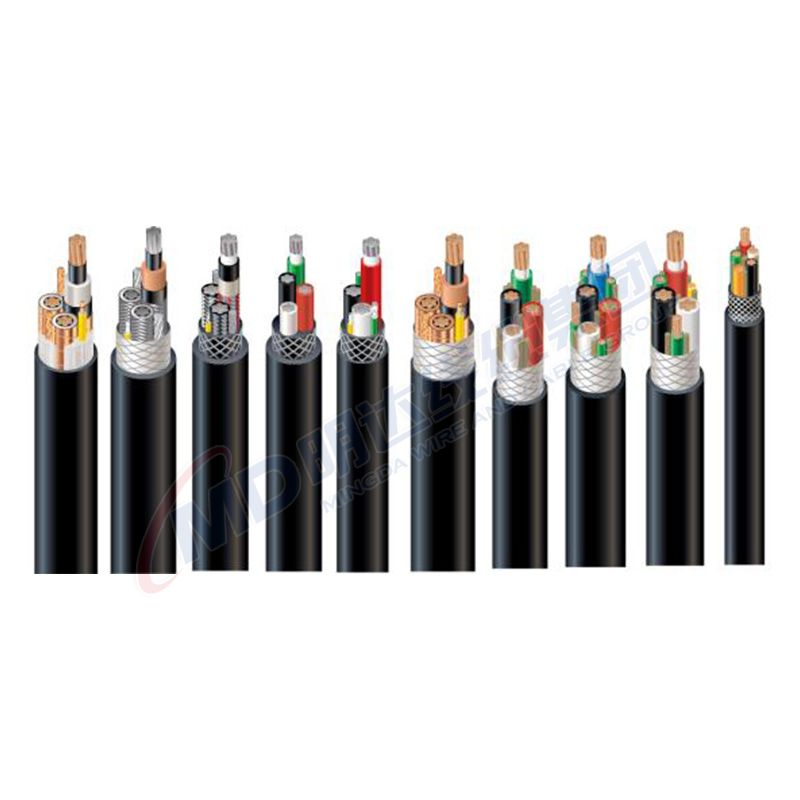Kas . 10, 2024 06:48 Back to list
Understanding the Function and Benefits of Ball Check Valves in Fluid Systems
Understanding Ball Check Valves Function, Design, and Applications
Ball check valves are simple yet effective devices commonly used in various industrial applications to control the flow of liquids and gases. Their primary function is to prevent backflow, ensuring that fluids flow in only one direction. This feature is crucial in many systems, including water supply, chemical processing, and irrigation, where reverse flow can lead to contamination or equipment damage.
Design and Operation
At its core, the ball check valve consists of a spherical ball, which acts as the closure mechanism. The valve body is typically crafted from durable materials like PVC, brass, or stainless steel, depending on the application and the nature of the media being transported. Inside the valve, there are two main ports the inlet and the outlet. The ball sits in a seat at the valve's inlet, blocking the flow when the pressure from the outlet is higher than that from the inlet.
When the pressure from the inlet surpasses the pressure at the outlet, the ball is pushed off its seat, allowing fluid to pass through. Conversely, if the pressure from the outlet exceeds that of the inlet, the ball is forced back onto the seat, thus sealing the valve and preventing any backflow. This simple but effective mechanism ensures that the system remains operational and secure from reverse flow issues.
Advantages of Ball Check Valves
One of the significant advantages of ball check valves is their reliability. They have few moving parts, which minimizes the risk of mechanical failure. Additionally, the smooth surface of the ball allows for quick and efficient sealing, leading to minimal leakage. These features make ball check valves particularly suitable for high-velocity applications, as they can handle sudden changes in flow direction without compromising their effectiveness.
ball check valve

Another notable benefit is their versatility. Ball check valves can handle a wide range of fluids, including viscous liquids, slurries, and gases. This makes them ideal for various industries such as wastewater treatment, petrochemicals, and food and beverage processing. Their ability to function in extreme temperatures and pressures further enhances their adaptability to diverse operational environments.
Applications
The applications of ball check valves are vast and varied. In the water supply sector, they are often employed in pumping systems to prevent backflow, protecting the pumps from potentially damaging pressure surges. In chemical processing facilities, these valves play a crucial role in preventing contamination of raw materials, ensuring that the integrity of the process is maintained.
In the agricultural sector, ball check valves are commonly used in irrigation systems. They help maintain the proper flow of water, preventing drainage back into supply lines. Additionally, in the food and beverage industry, these valves are essential for maintaining hygiene and preventing backflow, which could lead to cross-contamination between different products.
Conclusion
In summary, ball check valves are indispensable components in many fluid control systems. Their straightforward design, reliability, and versatility make them a popular choice across various industries. As technology continues to advance, the materials and designs of these valves are also evolving, enhancing their performance and expanding their applications. Whether in a municipal water system, a chemical plant, or an agricultural irrigation setup, the role of ball check valves in preventing backflow and ensuring smooth operation cannot be overstated. By understanding the functionality and utility of these valves, industries can optimize their operations and safeguard their processes effectively.
Share
-
Reliable Wafer Type Butterfly Valves for Every IndustryNewsJul.25,2025
-
Reliable Flow Control Begins with the Right Ball Check ValveNewsJul.25,2025
-
Precision Flow Control Starts with Quality ValvesNewsJul.25,2025
-
Industrial Flow Control ReliabilityNewsJul.25,2025
-
Engineered for Efficiency Gate Valves That Power Industrial PerformanceNewsJul.25,2025
-
Empowering Infrastructure Through Quality ManufacturingNewsJul.25,2025